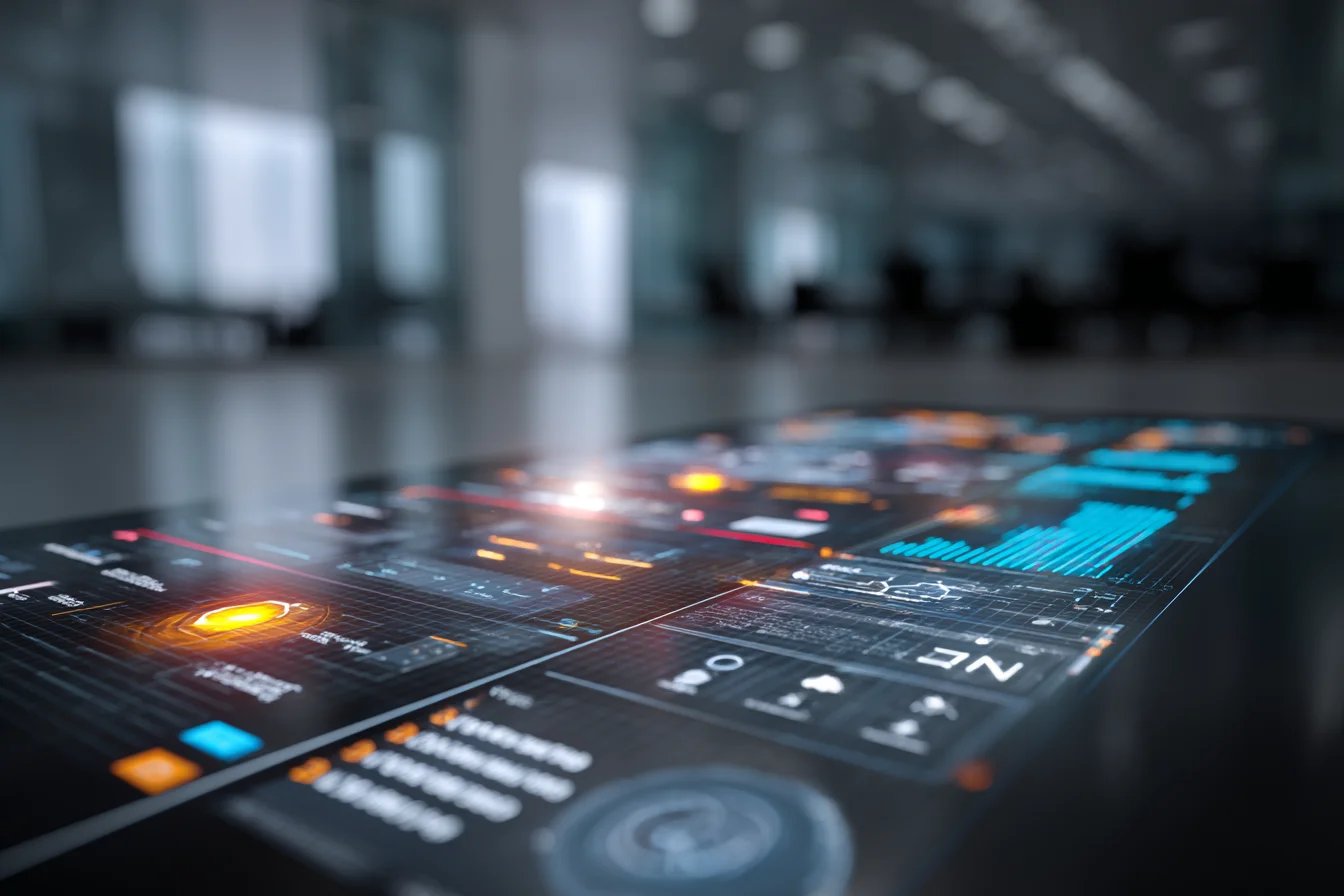Understanding the Chatbot Landscape
In the early 2010s, chatbots emerged as a novel solution for businesses seeking to enhance customer engagement and streamline support operations. These rule-based systems were designed to execute specific tasks and respond to predefined queries. However, they often fell short of delivering holistic customer experiences due to their limited capabilities.
Despite their limitations, chatbots paved the way for organizations to adopt AI technologies, giving rise to natural language processing (NLP) and machine learning (ML). As these technologies evolved, so did the expectations of users, prompting businesses to seek more sophisticated solutions.
The Transition to Intelligent Automation
With advancements in AI, the digital landscape began to shift towards intelligent automation. Unlike traditional chatbots, intelligent systems leverage NLP, ML, and data analytics to understand context, learn from interactions, and provide tailored responses. This transition has enabled businesses to automate not only customer service inquiries but also key operational processes.
For instance, companies began integrating AI-driven virtual assistants into their workflows to manage tasks such as scheduling, reminders, and data entry. This evolution marked a significant step toward reducing manual workload and increasing operational efficiency, allowing teams to focus on more strategic initiatives.
The Rise of Autonomous Workflows
As organizations recognized the potential of intelligent automation, the focus shifted towards creating autonomous workflows. These workflows involve interconnected systems that automate entire processes without human intervention. By utilizing a combination of AI, robotic process automation (RPA), and API integrations, businesses can achieve seamless operations across various departments.
Consider a retail organization that implements autonomous workflows to manage inventory. By integrating AI algorithms with IoT devices, the system can autonomously track inventory levels, place orders when stock is low, and even forecast future demand based on sales trends. This not only minimizes human error but also optimizes supply chain efficiency.
Real-World Applications of Autonomous Workflows
The benefits of autonomous workflows are evident across various sectors:
- Healthcare: Hospitals can automate patient check-ins, appointment scheduling, and even preliminary diagnostic assessments through AI-driven systems, reducing administrative burdens and improving patient experiences.
- Finance: Financial institutions are leveraging autonomous workflows for fraud detection, compliance monitoring, and customer onboarding processes, significantly speeding up operations while maintaining accuracy.
- Manufacturing: Smart factories are utilizing AI-powered systems to automate production lines, monitor equipment health, and manage supply chain logistics, enhancing productivity and reducing downtime.
Challenges and Considerations
Despite the advantages, transitioning to autonomous workflows poses challenges. Organizations must address data privacy concerns, ensure system interoperability, and manage the cultural shift that accompanies automation. Additionally, the reliance on AI necessitates ongoing training and adaptation to keep pace with technological advancements.
Leaders must also consider the ethical implications of automation, particularly regarding job displacement. While autonomous workflows can eliminate repetitive tasks, organizations should focus on upskilling their workforce to adapt to new roles that AI cannot fulfill, fostering a collaborative environment where humans and machines coexist.
Future Trends in Autonomous Workflows
The future of autonomous workflows is bright, with several emerging trends shaping this landscape:
- Increased Personalization: As AI systems become more sophisticated, the ability to deliver personalized experiences will enhance customer satisfaction and loyalty.
- Enhanced Connectivity: The integration of advanced APIs and IoT will further streamline workflows, allowing for real-time data exchange and decision-making.
- AI Ethics and Governance: As automation becomes pervasive, organizations will need to establish governance frameworks to ensure ethical AI use and mitigate risks associated with bias and transparency.
Conclusion
The evolution from chatbots to autonomous workflows represents a significant leap in how businesses operate. By embracing intelligent automation, organizations can not only enhance efficiency but also create a more agile and responsive work environment. As technology continues to evolve, the potential for autonomous systems to redefine industries is immense, making it imperative for decision-makers to stay informed and adaptable in this rapidly changing landscape.

